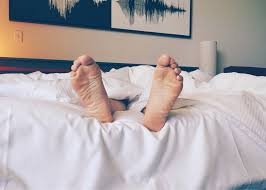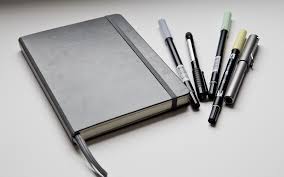How to Get the Most out of Physical Therapy
Physical therapy is a means to promote recovery via flexibility, strength, and endurance. In order to get the most from physical therapy, the ideal method is to start at the best place possible by taking care of a body’s most essential needs. Here are some guidelines to help the physical therapy patient get the maximum benefit out of every session.
Give your body what it needs to perform.
Eat Well
Good food is so crucially essential because it has the potential to help drive a body to its maximum performance. It’s unwise to engage in physical therapy on a full stomach, nor is it beneficial to have an empty stomach or be hungry. The mainstay food choices should be a regular diet of lean protein and healthy carbs, along with plenty of fruits and vegetables.
Hydrate
The same way a gardener can grow a plant by watering it well, a patient can help grow a body by watering it well, too! Keep hydration levels high at all times, even times when you don’t have physical therapy, to give your body a chance to nourish growing muscle and flush toxins.
Go ahead--have that second glass of water!
Water is the best choice. Some people find they see more rapid health benefits if they avoid alcohol, sugary drinks such as sodas, and delicious-but-unwise coffee choices that come from certain famous franchises.
Sleep
Turn off the tube, put away the cell phone, and shut the lights off to get a straight eight hours of sleep. A rested body will perform better and achieve better results from the same amount of effort. In addition, a well-rested person is less likely to have falls, accidents, and other mishaps. Oddly enough, physical therapy often results in better quality sleep.
Avoid illness
Shhh! Sweet dreams!
We touch a myriad of germ-infested items every day. As an example, people cover their hand with their mouth to cough right before they pick up a pen that every visitor in the doctor’s office uses to sign in. Handrails, touchscreens, doorknobs and elevator buttons can hold lingering bacteria long after the sick person has left. The easiest way to protect yourself is to be mindful of the ‘public’ things you touch, wash your hands often and be meticulously careful not to touch your nose or mouth or food when your hands are dirty.
Focus
Like a football player before a big game, or a diva before a concert, a person who is driven to achieving optimal results should take the opportunity to focus in a positive manner before, during, and after physical therapy. By preparing mentally, every session is a chance to improve, achieve, maintain, and gain the benefits physical therapy offers. This means being on time, wearing clothing that works well with your type of physical therapy, and not getting distracted by your cell phone, other things happening in your life, or things that aren’t related to your healing right now.
Tracking will help you be able to see your progress and report it accurately.
Track your progress
When you do your daily exercises, tracking them on paper, the progress you make and any pain will not only help your therapist but will also help you keep notes and track of your own progress. Sometimes, physical therapy progress is like the grass growing; you can’t see how far you’ve come unless you remember where you started.
You can do it!




